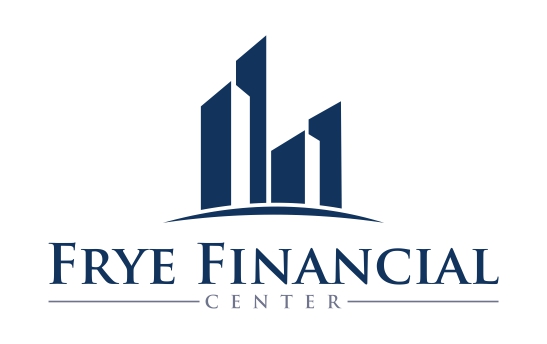New Year, New Resolve
Pursuing financial freedom takes a little upfront toil, and enough time to make your savings work.
Financial independence. It’s what many people dream of, and work for. Yet surprisingly many Americans spend more time planning for their summer vacation than planning for retirement. It’s a new year, and now is the perfect time to turn over a new leaf.
Here’s our three-step program for whipping your savings into shape:
1. Start early. Time is your friend. The longer you have to invest, the longer your money has a chance to earn returns. This is called “compound interest,” and it’s what Albert Einstein was rumored to have called the “the greatest mathematical discovery of all time.”
To illustrate, let’s take two investors: Anita and Ben. Anita begins saving in her retirement plan at age 35. She puts $1,000 a year into her retirement account, earning a hypothetical average annual rate of return of 8%. After 30 years of making annual contributions, Anita retires at age 65 with $92,346 in savings.
Ben starts investing at age 25, and puts in $1,000 a year into an account also making a hypothetical return of 8%. However, Ben only contributes to his account for 10 years, and then stops. When he retires at 65, his account is worth $147,435. Even though Ben contributed one third the amount Anita did, for one third the time, his nest egg grew nearly 60% bigger than Anita’s—giving him more financial flexibility in retirement.
The reason Ben’s account grew so much larger than Anita’s was because he started 10 years earlier than she did.
2. Make regular contributions. In resolving to increase your savings, one of the most important decisions you can make is to save regularly. This leads to something called “dollar-cost averaging,”1 and it can actually lower your cost of investing. Investing the same amount on a regular basis helps smooth the highs and lows of the market within which you’re invested. The benefit is that you can buy fund shares at different prices on a regular basis. When prices are low, you buy more shares, and when they are high, you buy fewer shares. Over time, this discipline lowers the average price you pay to invest, which has the potential to boost your returns over time.
3. Increase your percentage each year. Finally, if you have the ability to increase your contribution percentage each year, you potentially will build a bigger nest egg for retirement due to the power of compounding additional savings.
By resolving to save and make regular contributions, and by allowing enough time for your savings to potentially grow through the power of compounding, the prospect of financial independence can remain within reach.
This material was created for educational and informational purposes only and is not intended as ERISA, tax, legal or investment advice. If you are seeking investment advice specific to your needs, such advice services must be obtained on your own, separate from this educational material.


